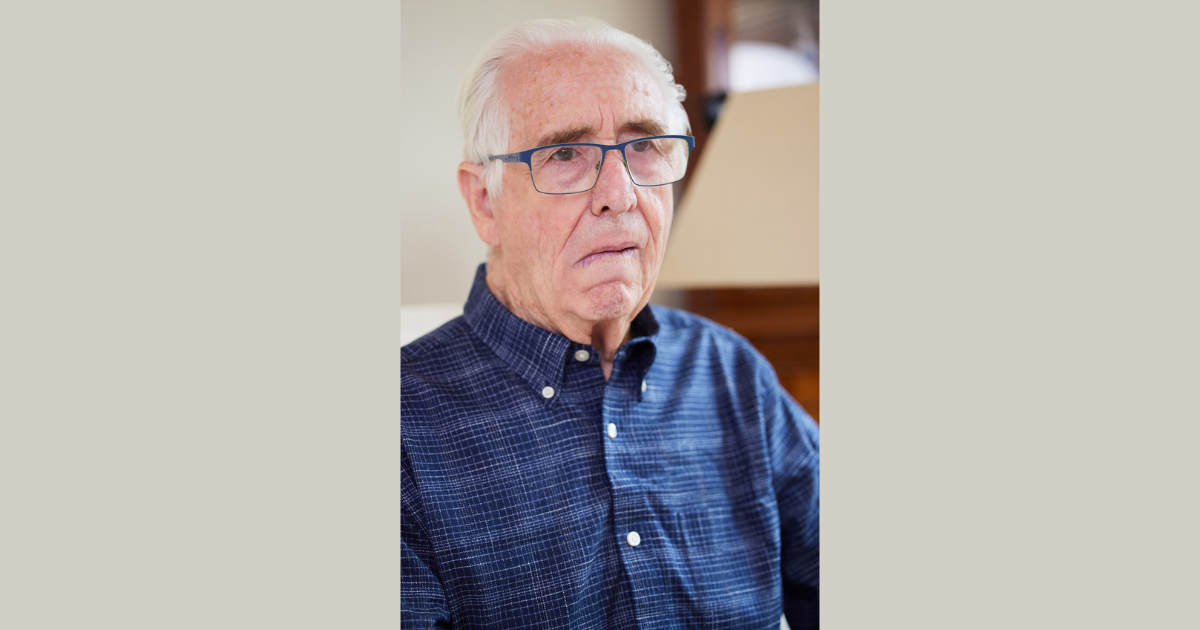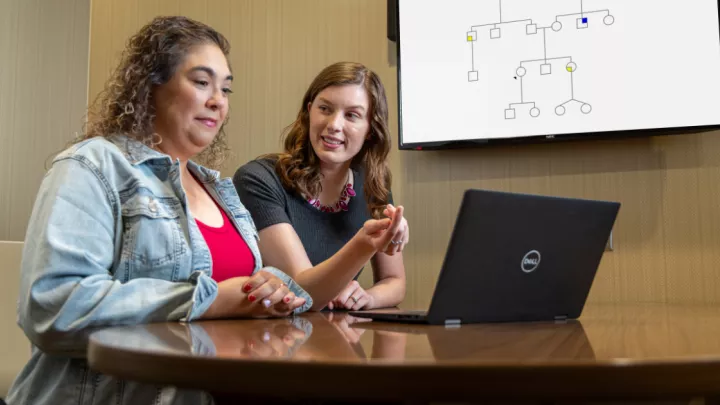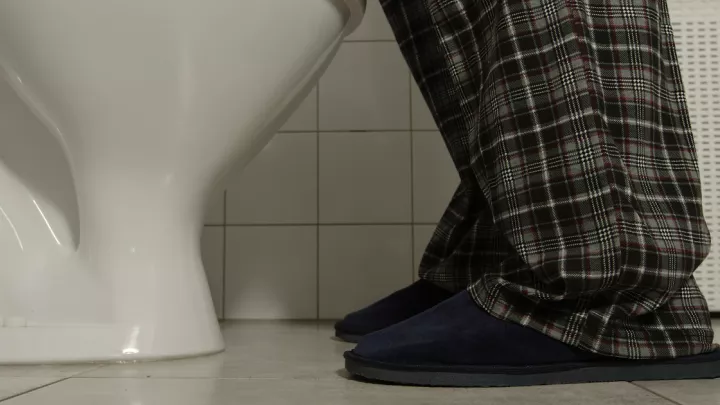What is facial paralysis, and how is it treated?

Facial movements serve as the cornerstone of communication and emotional expression, but even the simplest actions, like smiling or closing your eyes, can be difficult when dealing with facial paralysis.
Facial paralysis is a condition characterized by the inability to move the muscles on one or both sides of the face voluntarily or involuntarily. It can be caused by various factors.
While some people recover naturally from facial paralysis, others require intervention. Nonsurgical treatments can help restore function, but in some cases, surgery is necessary to optimize outcomes and improve quality of life.
In this article, we will explore the key aspects of facial paralysis and how it can be treated.
Causes of facial paralysis
Facial paralysis can be caused by a range of factors, including:
- Tumors in the brain or parts of the face.
- Trauma to the face or brain.
- Idiopathic conditions like Bell's Palsy.
- Infectious causes such as herpes.
- Vascular events like a stroke.
- Congenital factors.
Symptoms of facial paralysis
The symptoms of facial paralysis may vary, but commonly include:
- Gradual or sudden inability to move any of the facial muscles on one side.
- A glassy, non-toned appearance of the affected side of the face.
- Difficulty closing the eye, which requires special care to protect the eye from damage.
Is facial paralysis permanent?
Facial paralysis can be permanent or temporary, depending on the underlying cause. For example:
1. Bell's Palsy: This inflammatory condition often results in temporary full or partial paralysis of their face, but a subset may not recover at all.
2. Ramsey Hunt syndrome: The prognosis of this syndrome, which is caused by a shingles outbreak, is not as favorable as Bell's Palsy, making recovery less likely.
3. Facial paresis: Even if someone recovers from facial paralysis, they may develop paresis, or a weakness in the facial muscles. Those with this condition may not regain full function.
Diagnosis and when to seek medical attention
Diagnosing facial paralysis involves a thorough evaluation of a patient's medical history and symptoms. It is important to seek medical attention promptly if you experience any signs of facial paralysis, such as the inability to move part of your face.
Immediate evaluation helps rule out serious conditions like tumors or strokes. Early intervention is critical for better treatment outcomes, especially in cases of stroke or Bell's Palsy, where high-dose steroid treatment can be beneficial.
Treatment options
The treatment of facial paralysis depends on whether it is acute or chronic. Here are the common approaches to treatment:
Acute treatment:
- Bell's Palsy: High-dose steroid treatment is often prescribed to help restore facial movement.
- Tumors: Referral to a neurosurgeon for tumor treatment is necessary.
- Trauma: Immediate assessment is required if the main facial nerve has been severed to regain full function.
Chronic treatment:
- Nerve or muscle transfer: If the paralysis has been present for less than two years, nerve or muscle transfer surgeries can be considered. These procedures aim to restore tone and allow for movement, such as the ability to smile again.
- Free-tissue transfer: If the paralysis has been present for more than two years, free-tissue transfer surgeries are performed to recreate the atrophied muscle.
- Eye care: Both during the acute and chronic phases, special attention is given to eye-related issues. Eyelid weights can help with eye closure during sleep or to prevent dryness.
- Plastic surgery: Procedures such as brow lifts and facelifts can improve overall symmetry at rest.
Addressing paresis and synkinesis
Patients who experience some recovery after facial paralysis may have paresis, or muscle tone or movement but not full recovery. They may also experience synkinesis, or involuntary contractions of the facial muscles.
In these cases, treatment options include:
- Botox injections: Botox injections target overactive muscles and improve symmetry. Multiple treatments may be necessary as the effects are temporary and last only a few months.
- Selective neurectomy: This newer treatment targets specific movements in the hope of regaining movement.
Seek professional expertise
Facial paralysis can have various causes and may be temporary or permanent. Early evaluation and intervention are crucial for proper diagnosis and treatment. Consulting with a health care professional specializing in facial paralysis is essential for developing an individualized treatment plan.
If you experience sudden facial paralysis, call 911. Abrupt paralysis can be a sign of a stroke.





